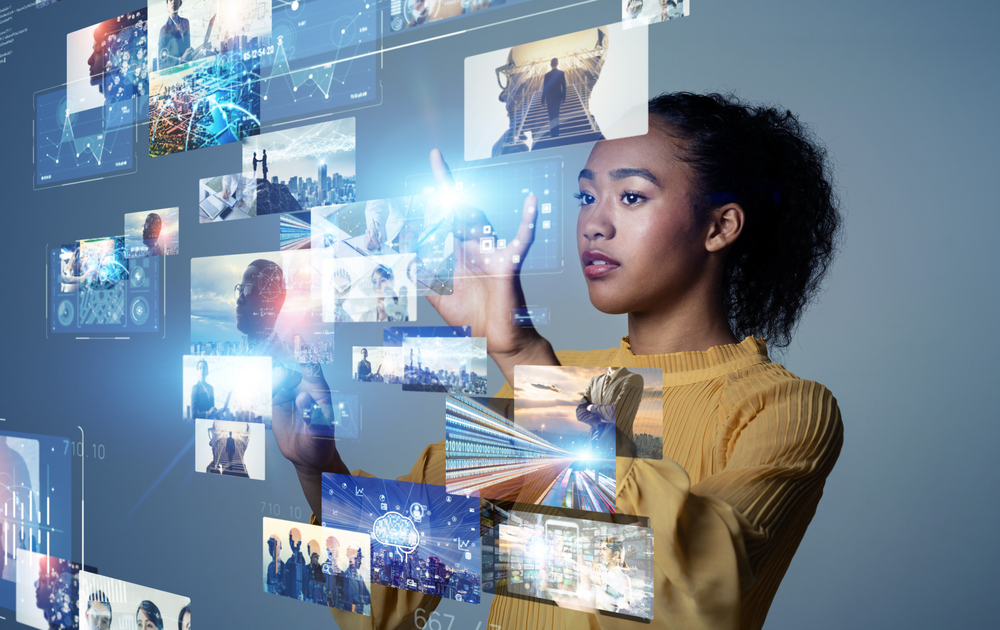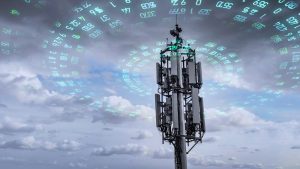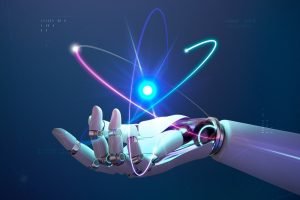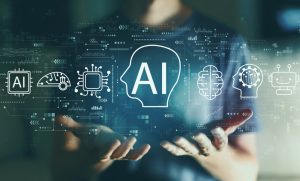Summarizing Internet of Things (IoT) Powered Technologies

The abbreviation of IoT, The Internet of Things, refers to a group of networks and innovative technologies that aim to connect everyday things, allowing them to send and receive information between themselves and humans. IoT employs technologies to increase its applications and their functionalities. These technologies include 5G, Augmented Reality, Big Data, Blockchain, and Cloud & Edge Computing.
Blockchain Technology
The blockchain refers to a network type. Its distribution helps the development of innovative technologies, such as cryptocurrency. It provides the possibility to create content distributed through a network of computers without involving a central server or database. The magic of the nodes amid the computers can bring in data and keep it against unlawful modifications. The blockchain also makes it possible to achieve higher levels of security than other technologies.
Cloud & Edge Computing
This IoT-powered technology is responsible for creating information exchange to bridge the gap between internet-connected devices and cloud servers. Providers working with cloud content and service aim to invest heavily into Edge computing. Many companies related to other industries have also started to invest in cloud and edge computing. Edge is a point where devices, individuals, or things can exchange data with the network.
Big Data
The term refers to sets of data whose complexity, velocity, and complexity make it hard to use, supervise, practice, and analyze with traditional tools. The complexity is generally because of the unstructured nature of most of the data that modern technologies generate. Therefore, it is necessary to blend those technologies with structured data from more traditional technology. Most analysts believe that ranging from 30 to 50 Terabytes to many Petabytes of data sets can be Big Data. Interestingly, no specific size specifies whether or not the given data set is Big Data.
5G Technology
The advancement of 5G is more about speed and latency over 3G and 4G technologies. It has a potential future in advanced applications like autonomous vehicles because it could enable vehicles to interrelate with each other. 5G will also matter to humans and road infrastructure. We can see technology emerging rapidly in society. From self-governing automobiles to urban areas, many innovations and novel services are inspired by 5G. They have surprised users who keep themselves updated with emerging IoT and related technologies.
Artificial Intelligence
Artificial Intelligence (AI) is a group of technologies that help falsify capabilities that are exclusive to users. It enables machines to replicate humans’ cognitive functions, including learning, problem-solving, and decision-making. AI-powered machines can also imitate the performance of numerous tasks with the quality to enhance the gathered data. Artificial Intelligence with Big Data can process the enormous amount of connected things and ensure the data transmission from these devices.
Augmented Reality
Augmented Reality or AR is a technology known for offering interactive experiences to individuals. AR works with a blend of two dimensions – physical and virtual. It achieves the desired results using digital devices. Augmented Reality helps envisage data from several sensors concurrently, interleaving relevant and actionable data about the environment.




